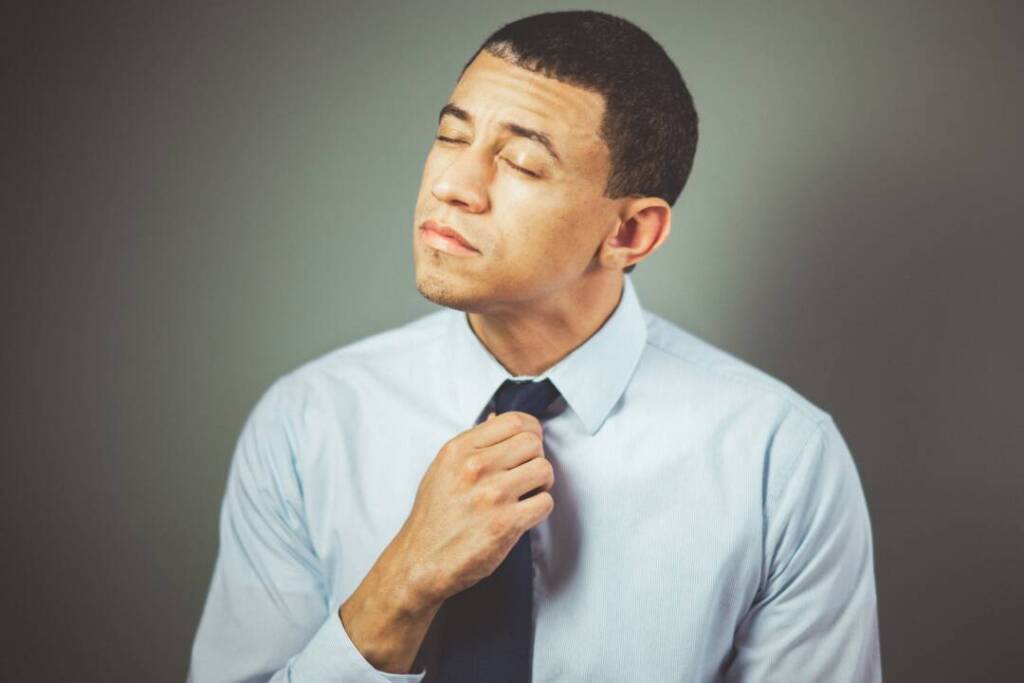A person with anxiety is not just being nervous or tense. It is much more than that. Anxious disorder symptoms are so severe that it disrupts daily life. A person with anxiety states that he experiences uncontrolled repetitive negative thoughts, strong fear, and threats that are not rational. The person goes into a hyperarousal state and the fight or flight response is initiated. This also results in physical symptoms like an increase in heartbeat, blood pressure, and digestive system issues.
The Best Therapy
To deal with anxiety disorder, mindfulness-based therapy is the best. It is a state where a person becomes aware of their mental, emotional and physical state. They pay attention to the feelings, bodily sensations, and cognition in the present moment. Mindful Based therapy helps to control thoughts rather than being controlled by those negative or judgemental thoughts. Mindfulness therapy for anxiety involves meditation and other different techniques.
Positivity Overcomes Negativity
The therapist guides the individual to only concentrate on the present moment rather than thinking about the past or the future. They are told to be aware of where they are and about their actions without reacting to them. Therapists address their certain cognitive emotional and physical sensations.
Meanwhile, the individual focuses on the sensations that would usually arise in a state of anxiety. The person opens up to those feelings and realizes that they are not true. They learn to respond to negative thoughts positively and overcome the feelings of being threatened.
Mindful-Based Cognitive Therapy Programs
It is typically an eight weeks intervention group therapy program. Each week there is a two-hour class and after the fifth week, there is a class that lasts for a whole day. All the people enrolled in this program are taught a three-minute breathing space technique based on three specific steps. The first one is to observe the experience and be aware of how someone is feeling at the present moment. Secondly, concentrate on the breath. Lastly, notice all movement and sensations that their body is experiencing.
Furthermore, other MBCT techniques involve stretching or yoga, walking, mountain meditation, and sitting in an open space to observe thoughts and sounds in the environment. This increases the awareness of the physical surroundings. Participants are also provided with recordings of meditation. Verbal cues help in noticing all the body movements and breathing They are encouraged to cultivate and bring mindfulness into daily activities like brushing teeth, doing chores, exercising, etc.
Live in the Moment
All these therapeutic processes train the individuals to observe and explore mindfulness in non-clinical surroundings. They can make use of it to face real-life obstacles. The individual’s thoughts and behavior are modified positively. People are motivated to participate in different activities without being self-conscious or being fearful of being judged by others. Anxiety often makes you doubt about trying something new or makes you cautious in doing something at all. These therapies allow everyone to make a goal and work for it without doubting or judging themselves. It makes you focus on the present rather than any other event.
Conclusion
All these mindfulness-based therapies for stress or anxiety help people to address their chronic issues. They are reminded of the important things and not to be worried about irrational thoughts. Researchers around the world have stated that MBTs hold significant importance to deal with depression or anxiety. The therapies are more important than any medications.
Hence if you or someone you know is struggling with GAD or SAD. Then you must approach a therapist and enroll in the MBCT program. The guidance and instruction provided in this program will help you learn how to take on your thoughts and deal with them. Sooner or later, you will realize that you are in charge of your thoughts and behavior. Therefore, don’t let them control you in any way. Spread awareness among your peers and be kind to yourself. It’s important to learn to love yourself.

















